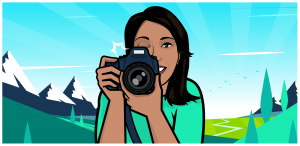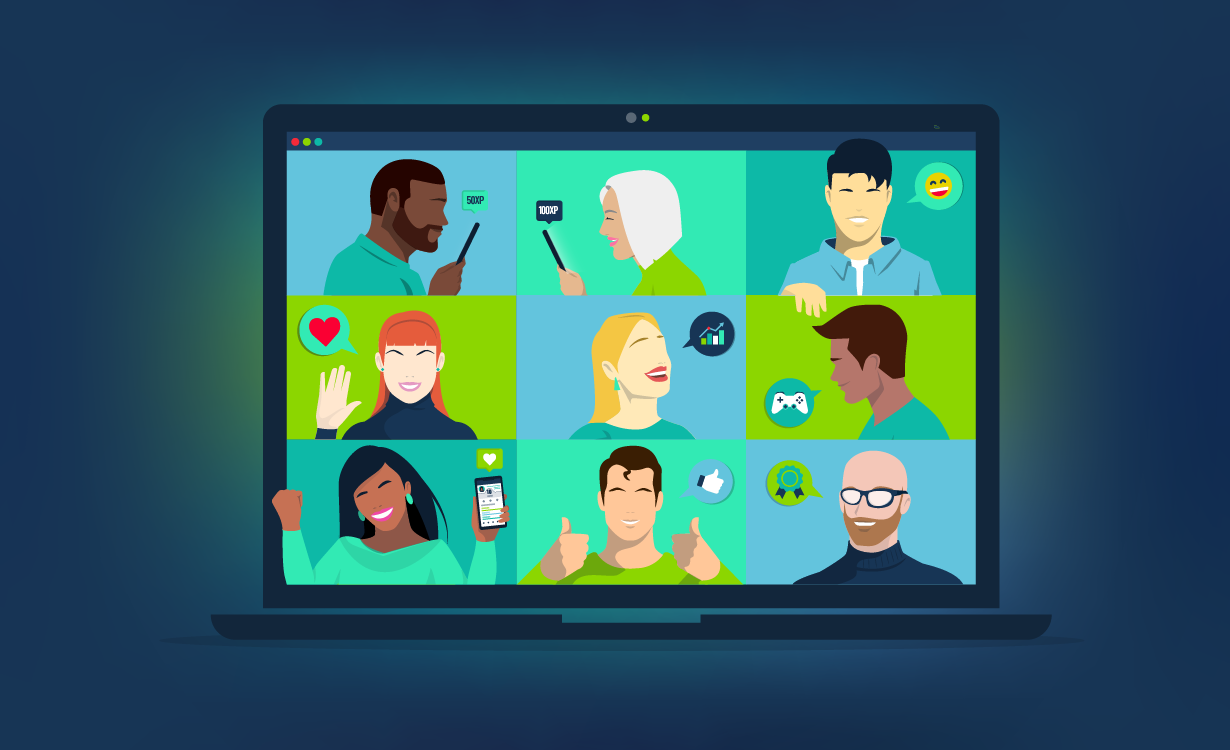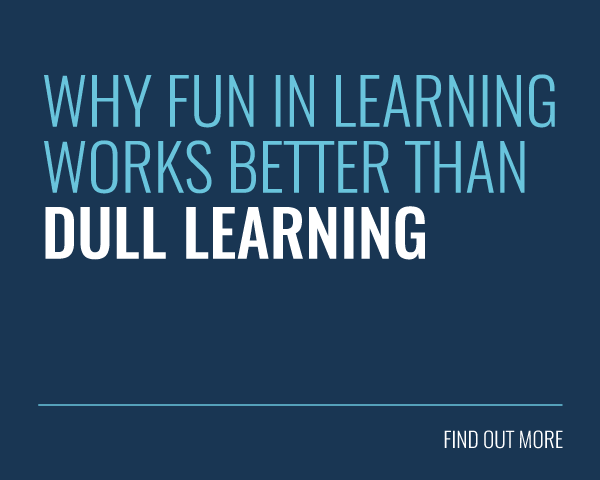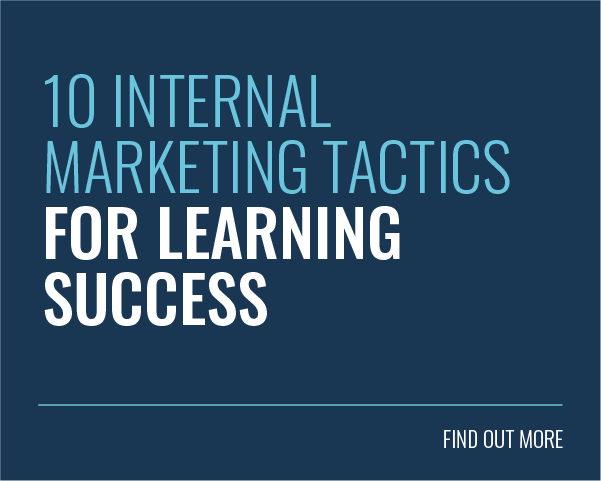If you want to make other people pay attention to what you have to say, you first need to know how to make them curious. We inspire curiosity on our solutions with the very best in learner engagement tools. This includes gamification, social learning and by installing a sense of Epic Meaning.
Epic Meaning is whenever the learner feels like they’re part of something bigger than themselves. The more involved they feel, the more engaged they’ll be!
So, back to the source of engagement…
When Do We Get Curious?
We are all born curious, but somewhere down the line we seem to lose this curiosity. Why is this? Is it because of institutional rules? Is it convention? Or do we wake up one day and think we’ve learnt enough?
Einstein famously once said:
‘The important thing is to not stop questioning. Curiosity has its own reason for existing.’
We’re big believers in this. Curiosity is the spark for all learning. If you can find a way to ignite that curiosity in your learners, then your learners will be engaged.
We get curious when we encounter something new, or surprising, or perplexing. It’s human nature.
But there are many more instances when we feel intensely curious.
Why Do We Get Curious?
George Loewenstein, a professor and psychologist at Carnegie Mellon University, gives us the answer to the riddle in his excellent article, ‘The Psychology of Curiosity: Review and Reinterpretation‘, in the form of what he calls ‘the information gap theory of curiosity’.
In this article, Loewenstein combines past theories of curiosity and presents a more comprehensive one of his own that combines insights from Gestalt psychology, behavioral decision theory and social psychology.
In a nutshell, the information gap theory of curiosity states that we get curious when we become aware of a gap in our knowledge or understanding. Such a gap induces the feeling of deprivation akin to hunger and motivates us to obtain the missing information to reduce or eliminate this feeling.
This means that there has to be some prior knowledge of the subject to have any kind of gap. For example, when your close friend says, “I have something important to tell you, but never mind,” it drives us mad. We want to know. “Why, what’s up? Tell me!” we say.
But when there is no prior knowledge about something, we’re less likely to get curious. Say someone asks you, “Did you know that Matsumoto is pregnant?” The chances are, if you don’t know Matsumoto, you won’t be interested. “Who’s Matsumoto?” “Some girl I know.” “Oh,” and the conversation trails off.
There are two implications of this theory:
1. Curiosity is Consistent with Ability
The first is that our curiosity is commensurate with the ability of information to close a gap. This is pretty intuitive. For instance, your curiosity will be much greater right before you’re given the last clue to finding out the murderer in a mystery novel than one of the first clues that don’t fully close the gap.
2. Curiosity Grows With The More You Know
The second implication is that curiosity increases with knowledge. This is because once you start learning about something, it’s more likely that you’ll focus on what you don’t know than what you know. So when you know a lot about something, you tend to focus on gaps in your knowledge.
Information gaps are made salient by exposure to certain factors. If you really want to install a sense of curiosity, then try these tips:
1) The posing of a question or a puzzle (see the first paragraph of this post)
2) Exposure to a sequence of events with an anticipated but unknown resolution (e.g., who wins an athletic event or learning who is the murderer in a mystery novel)
3) The unexpected (e.g., “Did you know that dear are more dangerous than sharks?”)
4) Possession of information by someone else (e.g. your friend’s secret)
5) Past knowledge, or something we used to know but which is no longer available (e.g. something on the tip of the tongue)
So if you want to make people curious, tap into these factors and make them be aware of their gaps. If you suspect they don’t know anything about what you’re about to say, tell them something about the topic, just like mystery novels do.









